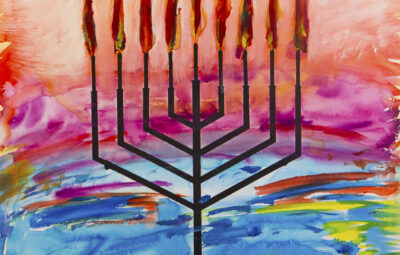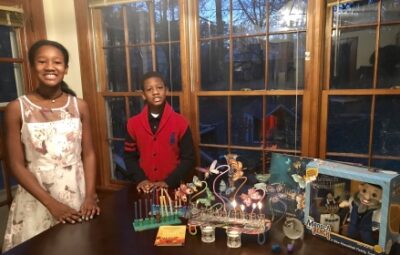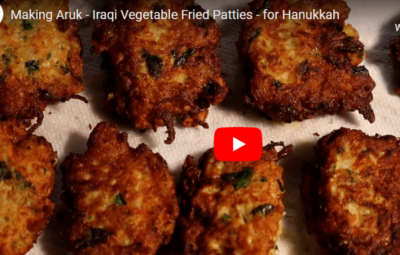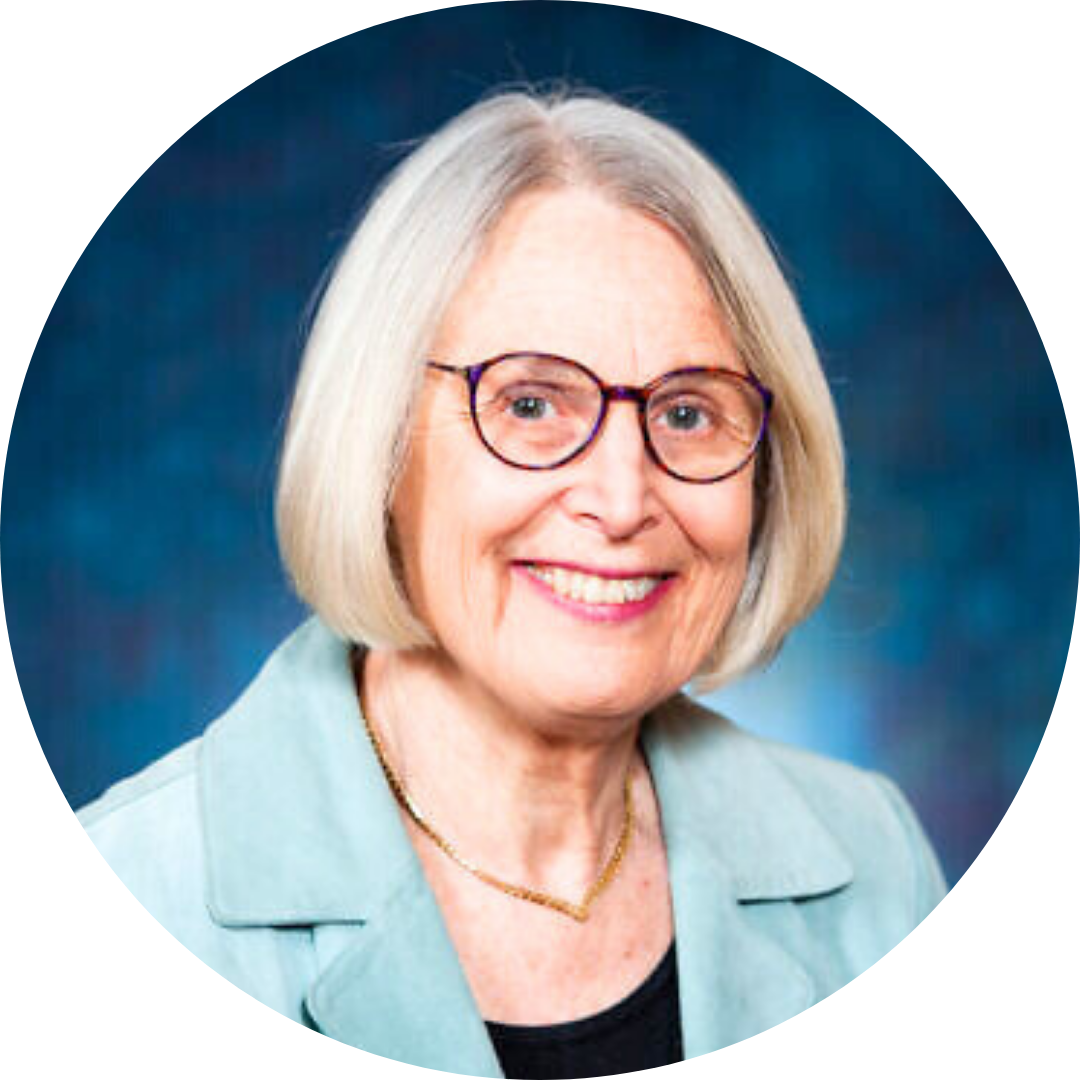The days are getting colder, shorter and darker.
Well before Thanksgiving, store windows have already been decorated for the holiday season. My grandchildren, who are being raised Catholic while celebrating Shabbat with their Jewish mother’s family, wonder about the holidays to come. “Why does the check-out woman say “Happy Holidays” instead of just “Merry Christmas”?
As their Jewish grandmother who is also a rabbi, I try to explain.
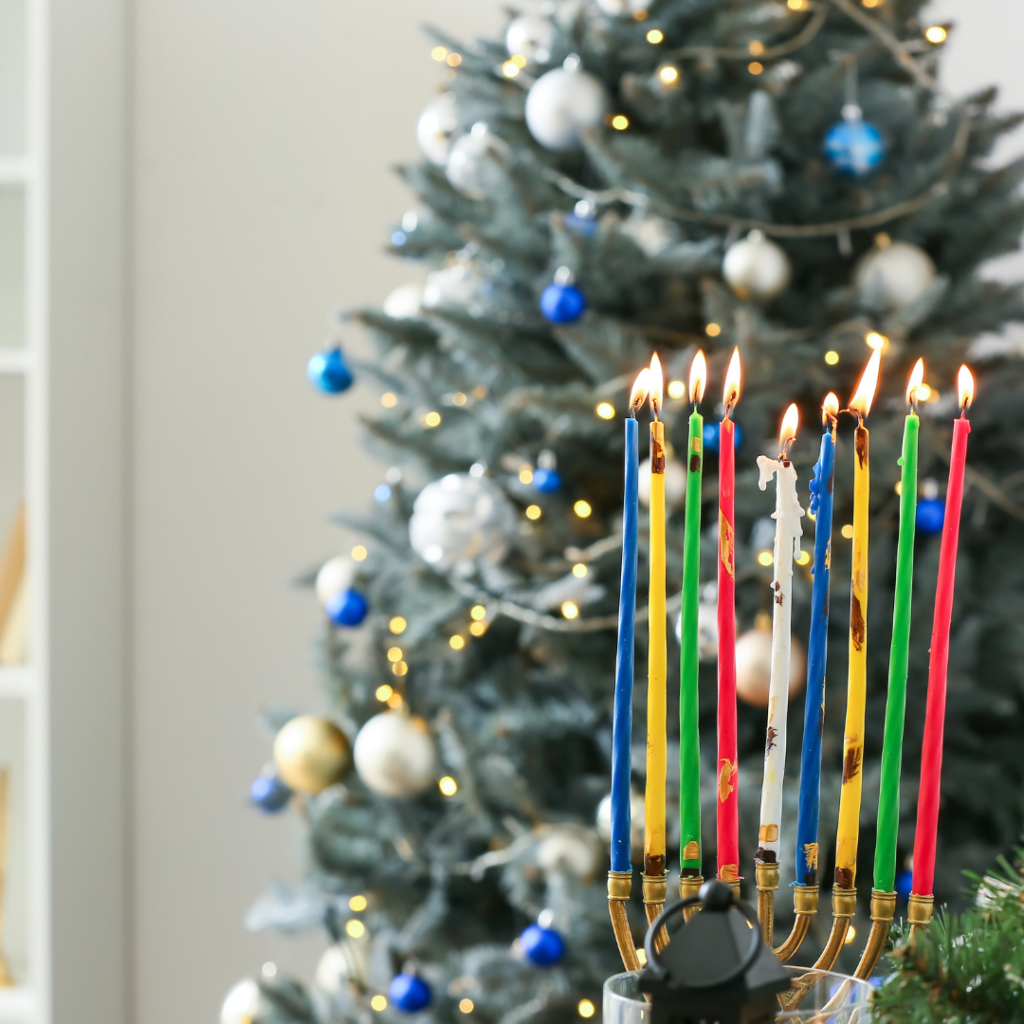
“They do that to show respect. People don’t want to assume they know which one you are celebrating. The holidays you know best are Christmas and Hanukkah. Some people celebrate just one, some both and some neither. Hindus, Sikhs and Muslims have their own holidays, some at different times of the year. “
OK, say the grandkids. What is the deal with these two holidays that fall near each other every year in December? This year, they fall right on top of each other. The first night of Hanukkah is Christmas Day. Are they pretty much the same holiday, or are they very different?
My answer? Both!
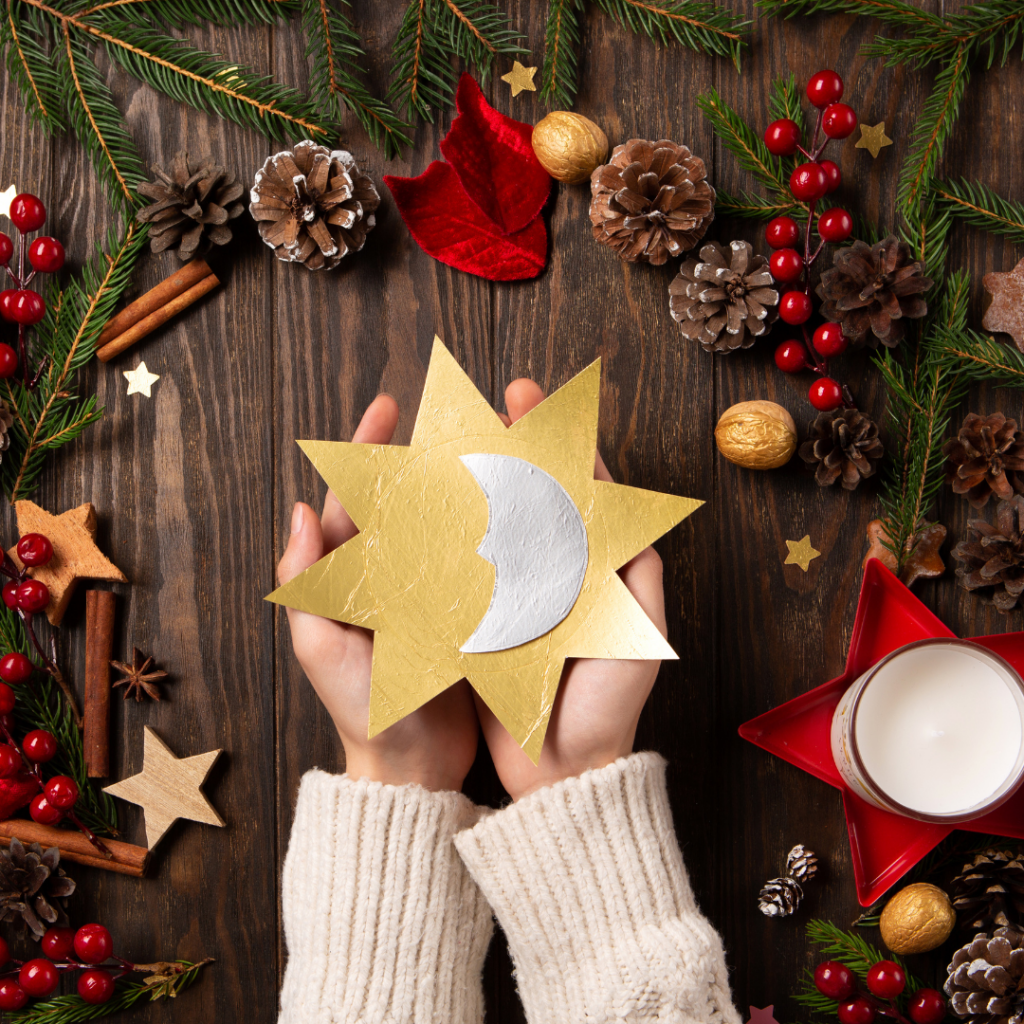
The two holiday fall close to the Winter Solstice in the Northern Hemisphere, the day the Earth is tilted farthest away from the sun. That was the time when the ancient Romans celebrated the “Return of the Invincible Sun.” They had a huge festival. Saturnalia, that lasted seven days — right through the solstice.
The rabbis in the Talmud knew about this festival and related it to a story about the first human.
Adam noticed that the days were getting shorter. Every day, it got dark earlier and earlier. He began to worry: What if this keeps happening until there is no more sun at all, and it is only darkness. Woe to me! (Having been created on Rosh Hashanah, he had not yet seen spring.) He sat for eight days in fast and prayer. And then, one day, things began to turn around. It was still dark and cold, but he could tell that things were moving in the right direction and understood that “this is the way of the world.” So, he observed eight days of festivities.
It is also at that time of year that freedom fighters — the Maccabees — rededicated the Temple in Jerusalem. Centuries later, the Talmudic rabbis, who were no fans of the Maccabees or of armed rebellion, told a story about a small flask of oil that lasted eight days. (Babylonian Talmud, Shabbat 21b). As Jewish history evolves, the meaning of the holiday keeps changing.
As far as the timing of festivals goes, the Gospels do not report exactly when Jesus was born. The first Christian Emperor set the date: Dec. 25. The theory goes that he wanted to give Christians something to “compete” with the pagan festival. As one of the Church Fathers put it, “Our Lord, too, is born in the month of December. … But they [the pagans] call it the Birthday of the Sun. Who indeed is so unconquered as Our Lord?”
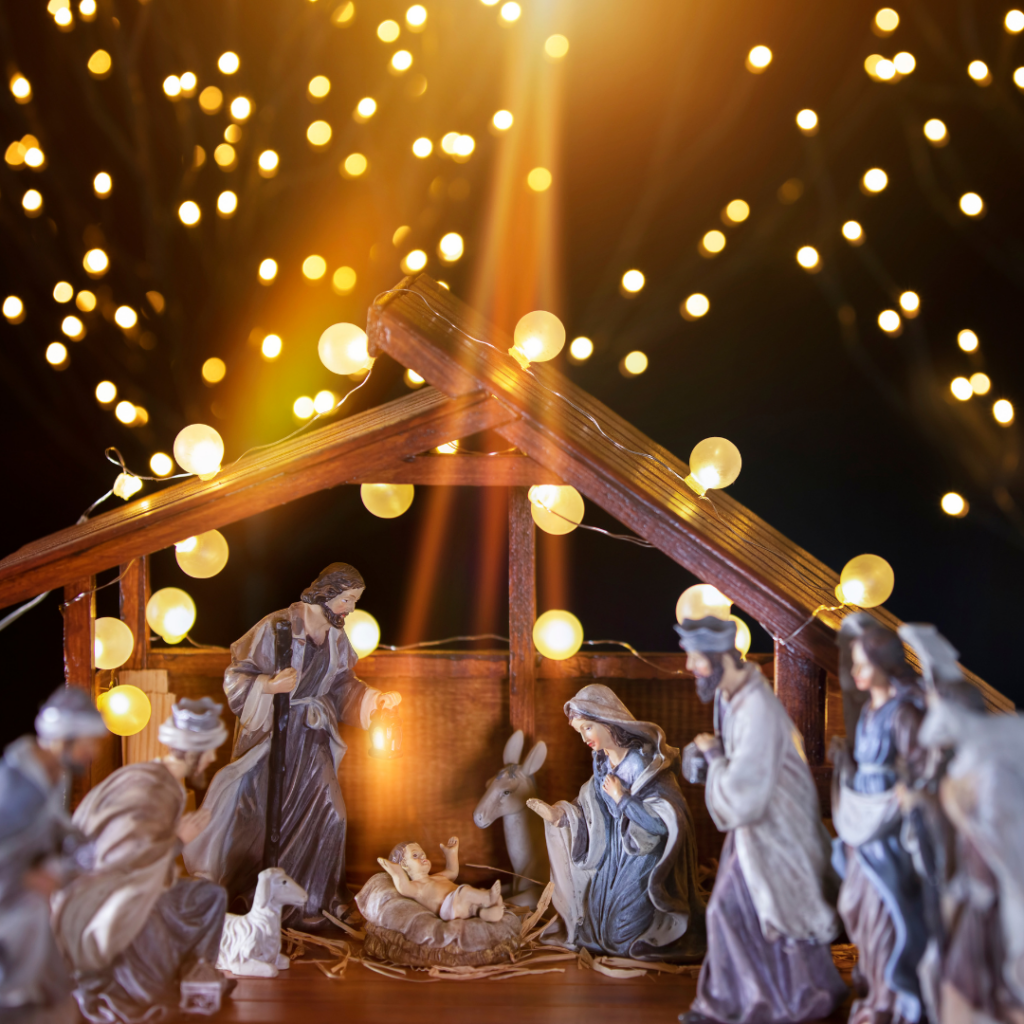
That said, they are two unique holidays, each special in their own way.
Christmas is one of the two major holidays in the Christian calendar. Hanukkah is a relatively minor Jewish holiday. Ironically, some Jews today want to pump up Hanukkah so it can “compete” with Christmas. But Hanukkah is a wonderful little holiday just the way it is.
From Adam to the Romans, to the rabbis, to the church fathers, to Jewish parents in 21st-century America, we are all looking for hope on days that feel too short. Lighting candles, gathering with others, singing and eating, these are some of the ways humans kindle light and ignite hope in the darkest season.
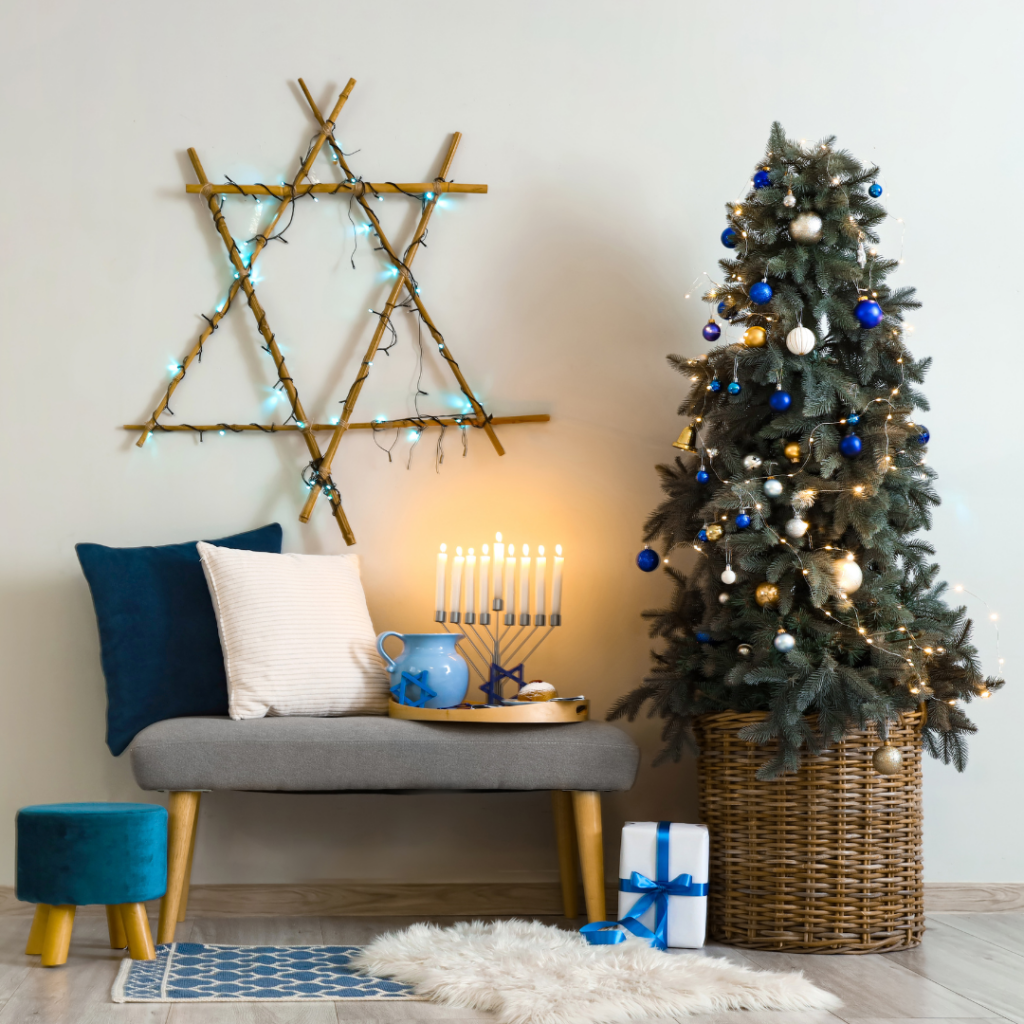
We all want our children to feel loved in the middle of the winter. We all want them to know that in resisting darkness, sometimes the little things matter the most: the birth of a tiny baby or faith to light a little bit of oil, even when we don’t know if it will last. We want them to see miracles, especially the miracle of throwing a party with others during the darkest times and believing spring is on the way.
And we want them to know that in many ways we are all the same and our religions are responding to human needs and aspirations that unite us. We also are all different in important ways, and that is OK, too — even good.
“Just like you boys,” says Nana. “You are all part of the same family and yet different. What makes each of you special?”

